Forward, to the Past! – Episode II: Cuckballs
 Yes, it’s the second part of the trilogy. This time, I just made some notes and gave them to Irvin Kershner to write-up for me. Of course, he’s dead… which might explain why is take is a little darker than mine.
Yes, it’s the second part of the trilogy. This time, I just made some notes and gave them to Irvin Kershner to write-up for me. Of course, he’s dead… which might explain why is take is a little darker than mine.
In Star Wars, we don’t see anyone on Alderaan die. We hear Obi-Wan say that their voices cried out in terror, but we never hear those voices ourselves. The only other acknowledgement of them in the film is Leia’s remark that “we have no time for our sorrows”, but even this is in response to someone saying that they “feared the worst” when they heard about Alderaan… meaning, in effect, that the murder of billions of people made them worried in case a Princess had been killed too. Of course, the context is that they’re worried about Leia because they think she has the Death Star plans, but it’s still a startling formulation. I confess to liking Leia’s pragmatic refusal to prioritise her own feelings. She never does the ‘girly’ thing (which would of course be to break down in tears). Even so, it’s worrying that she is given the task of comforting Luke about Obi-Wan’s death so soon after her entire planet (and presumably most of her family, friends, and colleagues) are all destroyed. Nobody ever offers her any comfort. As noted in the previous episode of this series, Alderaan goes unmourned. It’s a detail, put in to establish the hugeness and devilishness of the threat the Death Star poses. It is fear of the Death Star that will “keep the local systems in line” as Tarkin says (though what ‘local systems’ might mean, I have no idea… ‘local’ to whom, or to what?). Essentially, the destruction of Alderaan is a dramatisation – for plot reasons – of a point of politics.
There is also the extreme nature of the overreaction. You destroy an entire planet – presumably one with industry and wealth of some kind – in order to punish one dissident and demonstrate your new capacity for technological destruction. It’s impossible for me to not think of two things: the dropping of the atom bombs on Hiroshima and Nagasaki, and Nixon’s ‘madman theory’ (essentially, Nixon’s idea that he could scare communist leaders out of confronting US power by convincing them he was bonkers enough to use nukes). I don’t think there was enough awareness, in the seventies, of the case for the nukes being dropped at the end of WWII more as a salutary demonstration of American power. I’m sure the claims were about but I doubt they had sufficient currency to be part of popular consciousness. As for Nixon, I suspect he’s part of a political context which makes its way into the first film… though I plan to talk about the Empire, and what relation it has to US politics of the 60s and 70s, in the third part of this series.
The point I want to bring out here is one I alluded to last time: in The Force Awakens, we see people on the planets about to be destroyed.…

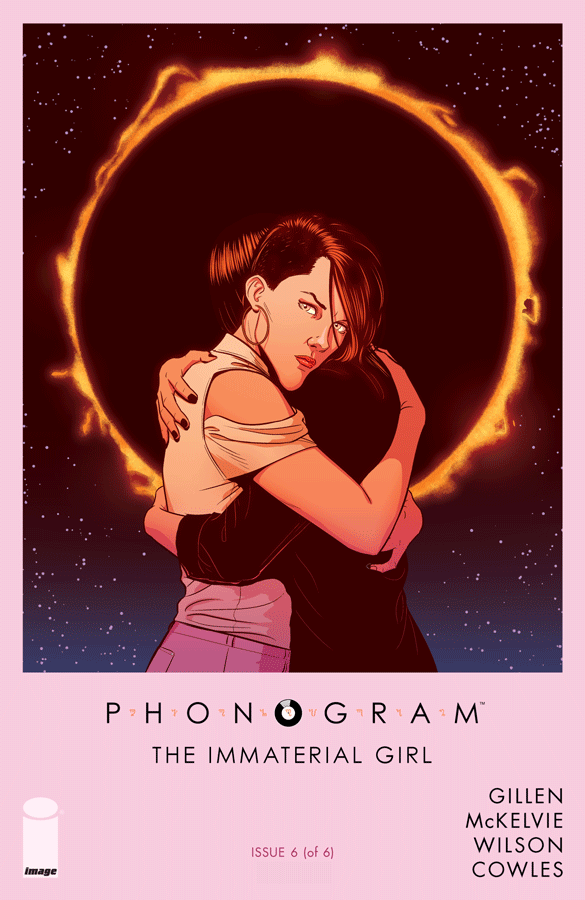 From worst to best of what I bought.
From worst to best of what I bought. 

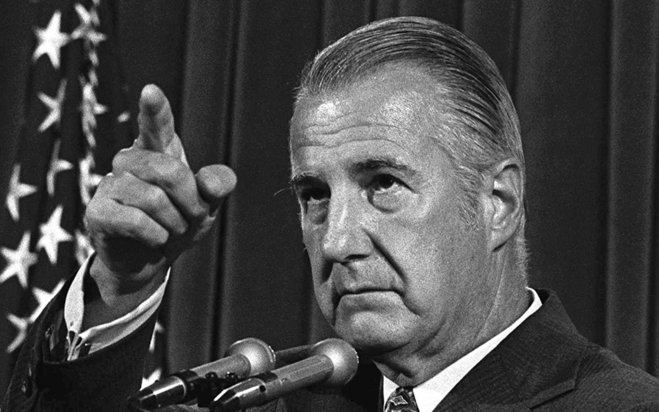 Here’s the official description of this podcast, which James pinged me and told me existed last night:
Here’s the official description of this podcast, which James pinged me and told me existed last night: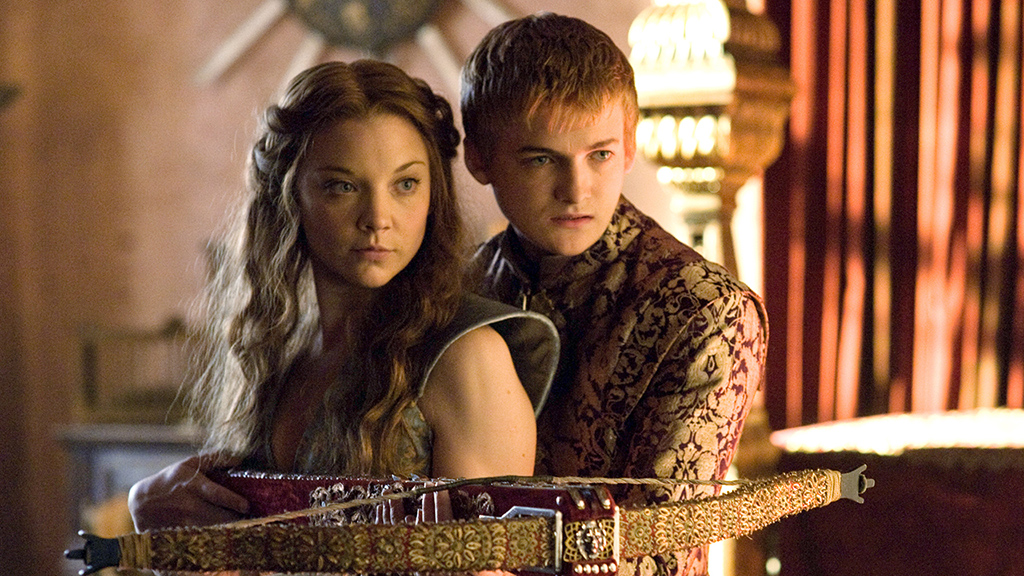


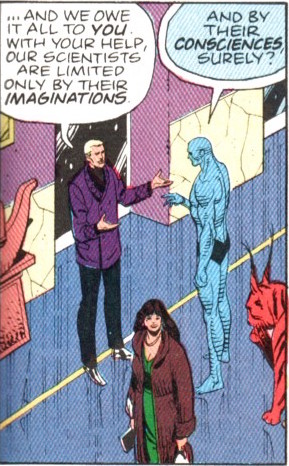 It is October 1987. Moore is sitting down to dinner after a Glasgow signing to promote Watchmen. At the table is Grant Morrison, a neophyte comics writer. It is the only meeting between them that Moore recalls, although he had given Morrison advice at a 1983 Glasgow comic mart when Morrison was on the cusp of transitioning from a failed rock star to a successful comics writer. Moore will eventually, to Morrison’s chagrin, describe him as an “aspiring” comics writer at the time of this meeting, one of many swipes he will take at Morrison over the years. They talk about vegetarianism. (“Sometimes you can’t live with the contradictions, Grant,” Morrison recalls him saying.)
It is October 1987. Moore is sitting down to dinner after a Glasgow signing to promote Watchmen. At the table is Grant Morrison, a neophyte comics writer. It is the only meeting between them that Moore recalls, although he had given Morrison advice at a 1983 Glasgow comic mart when Morrison was on the cusp of transitioning from a failed rock star to a successful comics writer. Moore will eventually, to Morrison’s chagrin, describe him as an “aspiring” comics writer at the time of this meeting, one of many swipes he will take at Morrison over the years. They talk about vegetarianism. (“Sometimes you can’t live with the contradictions, Grant,” Morrison recalls him saying.)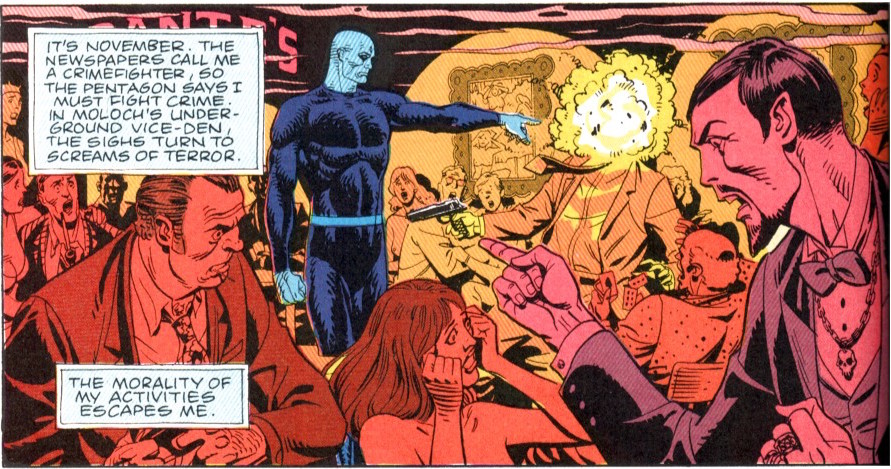 It’s summer, 1992. Alan Moore is thirty-eight. Just a few years out from the twin smoldering wreckages of Big Numbers and his first marriage, he takes a call from Jim Valentino at Image Comics. Moore is unimpressed with the Image output, thinking, “I’ve been away for five years, and comics have turned into some bizarre super-steroid-mutant hybrid that I’ve got no familiarity with at all,” but the business model of Image appeals to him, and the failure of Big Numbers along with a relatively fallow period in Moore’s output means he needs the money, and so he throws himself into “teaching myself this new language and trying to understand this new audience.” He ends up creating 1963 with Steve Bissette and Rick Veitch, a colorful pastiche of vintage Marvel comics written in explicit contrast to the post-Watchmen style (largely embodied by Image itself) of violent and cynical comics.
It’s summer, 1992. Alan Moore is thirty-eight. Just a few years out from the twin smoldering wreckages of Big Numbers and his first marriage, he takes a call from Jim Valentino at Image Comics. Moore is unimpressed with the Image output, thinking, “I’ve been away for five years, and comics have turned into some bizarre super-steroid-mutant hybrid that I’ve got no familiarity with at all,” but the business model of Image appeals to him, and the failure of Big Numbers along with a relatively fallow period in Moore’s output means he needs the money, and so he throws himself into “teaching myself this new language and trying to understand this new audience.” He ends up creating 1963 with Steve Bissette and Rick Veitch, a colorful pastiche of vintage Marvel comics written in explicit contrast to the post-Watchmen style (largely embodied by Image itself) of violent and cynical comics.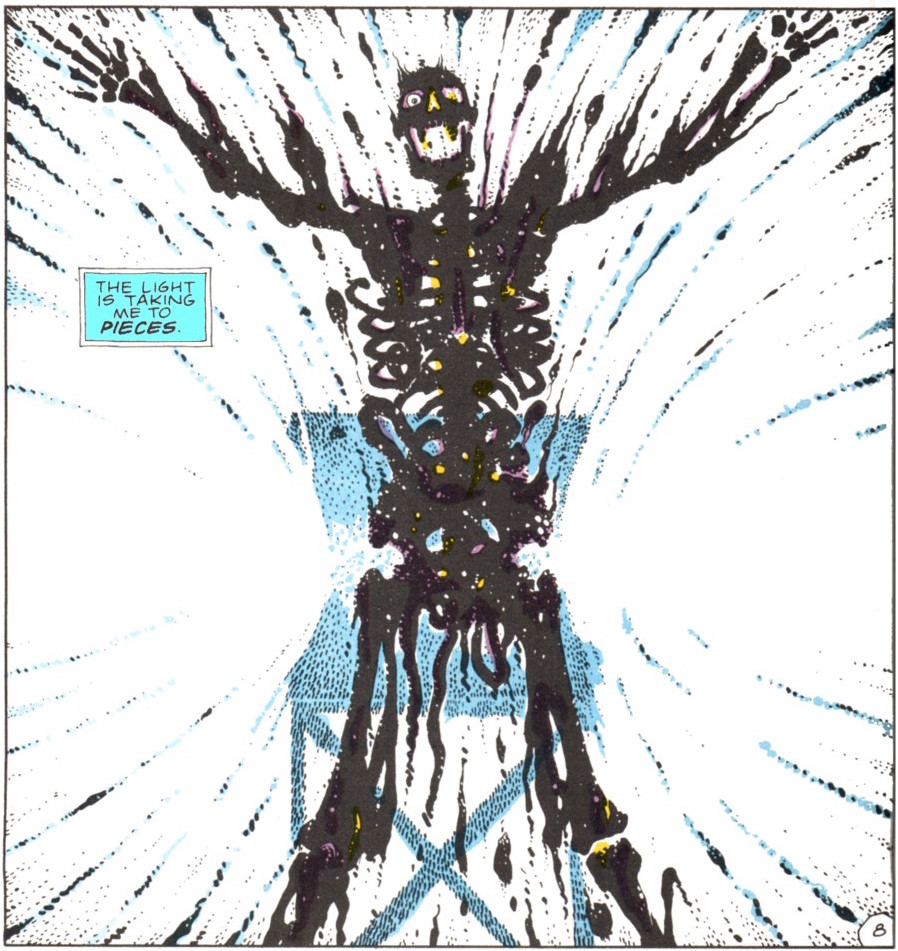 It’s January 7
It’s January 7
 You have to wait two or three years between Star Wars movies. And that’s when a trilogy is under way. At other times you have to wait decades. Hopefully it won’t be that long before the next bit of my even-more-exciting-than-the-films Forward, to the Past! trilogy of posts appears. In the meantime, here’s Shabcast 15, AKA Shabcast L15TEN.
You have to wait two or three years between Star Wars movies. And that’s when a trilogy is under way. At other times you have to wait decades. Hopefully it won’t be that long before the next bit of my even-more-exciting-than-the-films Forward, to the Past! trilogy of posts appears. In the meantime, here’s Shabcast 15, AKA Shabcast L15TEN.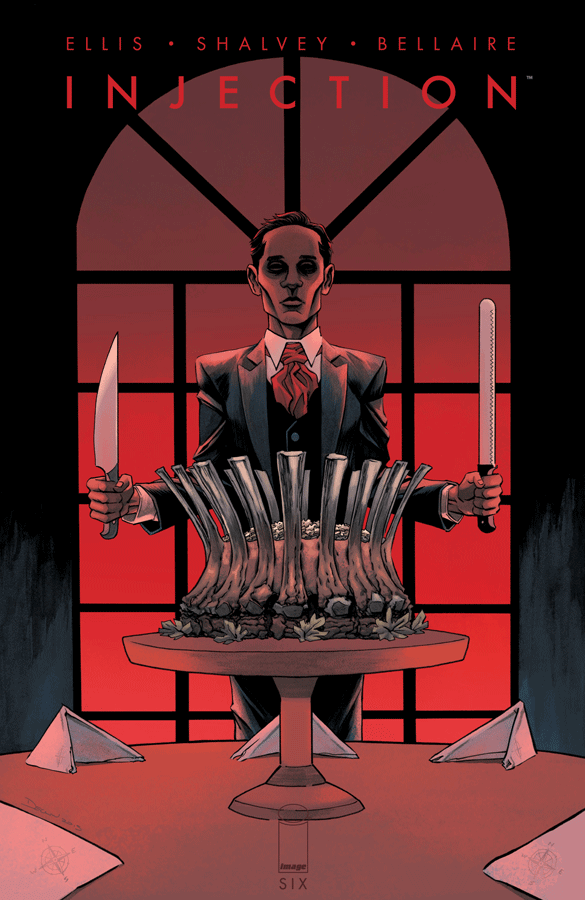 Digital edition codes will work for the first person to try to use them at
Digital edition codes will work for the first person to try to use them at